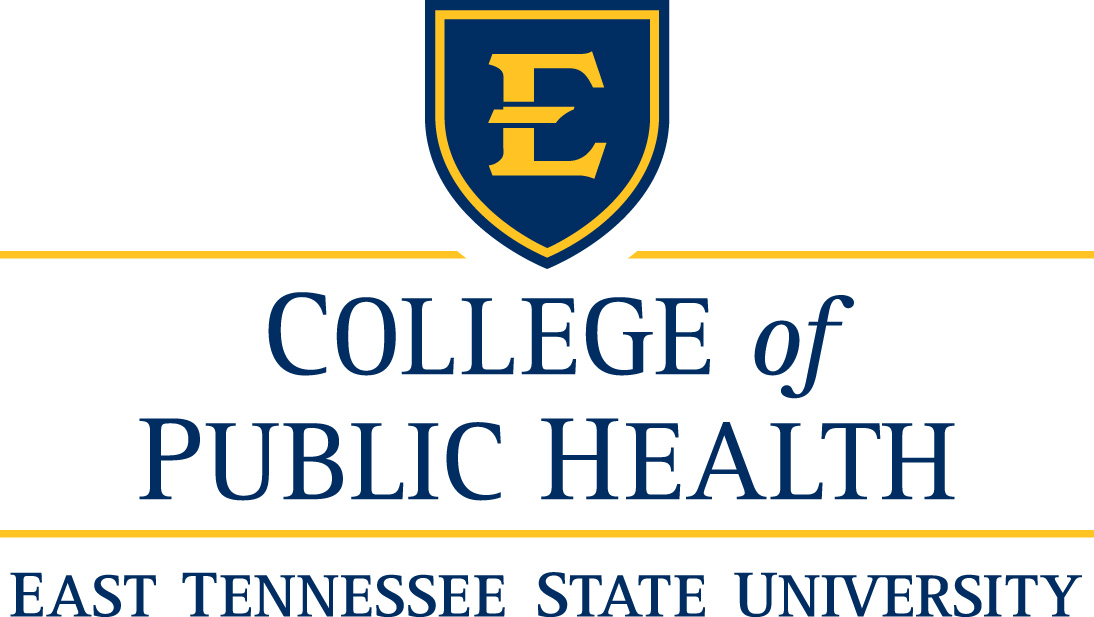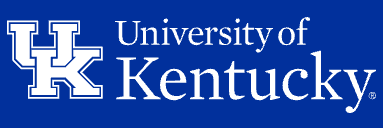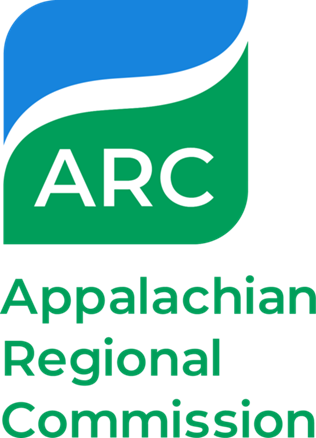Abstract
Roanoke is addressing problems that confront many small and medium sized cities in the U.S., especially disparities in health and life expectancy between neighborhoods. These disparities are often legacies of decades of racial and economic segregation, resulting in low-income or disinvested communities. Typically, such neighborhoods have fewer parks, higher vacancy rates and less stable affordable housing stock, inadequate public transit systems, too few clinics, too many fast food restaurants and insufficient access to high quality schools. In Roanoke these are the northwest and southeast quadrants, both federally designated Medically Underserved Areas, and characterized by a large proportion of the city’s low-income individuals and families who may be uninsured, underinsured and/or Medicaid recipients.
DOI
https://doi.org/10.13023/jah.0103.01
Creative Commons License

This work is licensed under a Creative Commons Attribution 4.0 License.
Recommended Citation
Lytton M. Roanoke's collective public health activities. J Appalach Health 2019;1(3):1–5. DOI: https://doi.org/10.13023/jah.0103.01
Included in
Appalachian Studies Commons, Inequality and Stratification Commons, Public Health Commons, Regional Economics Commons, Regional Sociology Commons, Rural Sociology Commons





Social Media Links